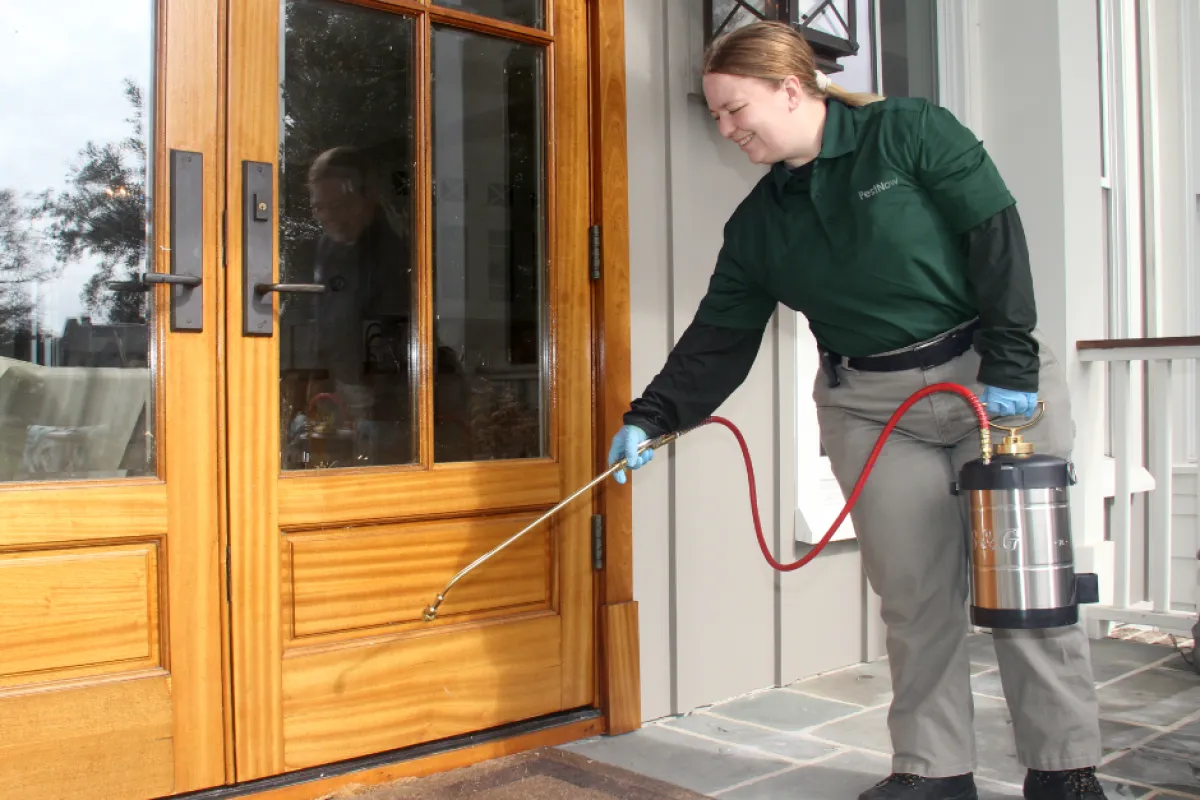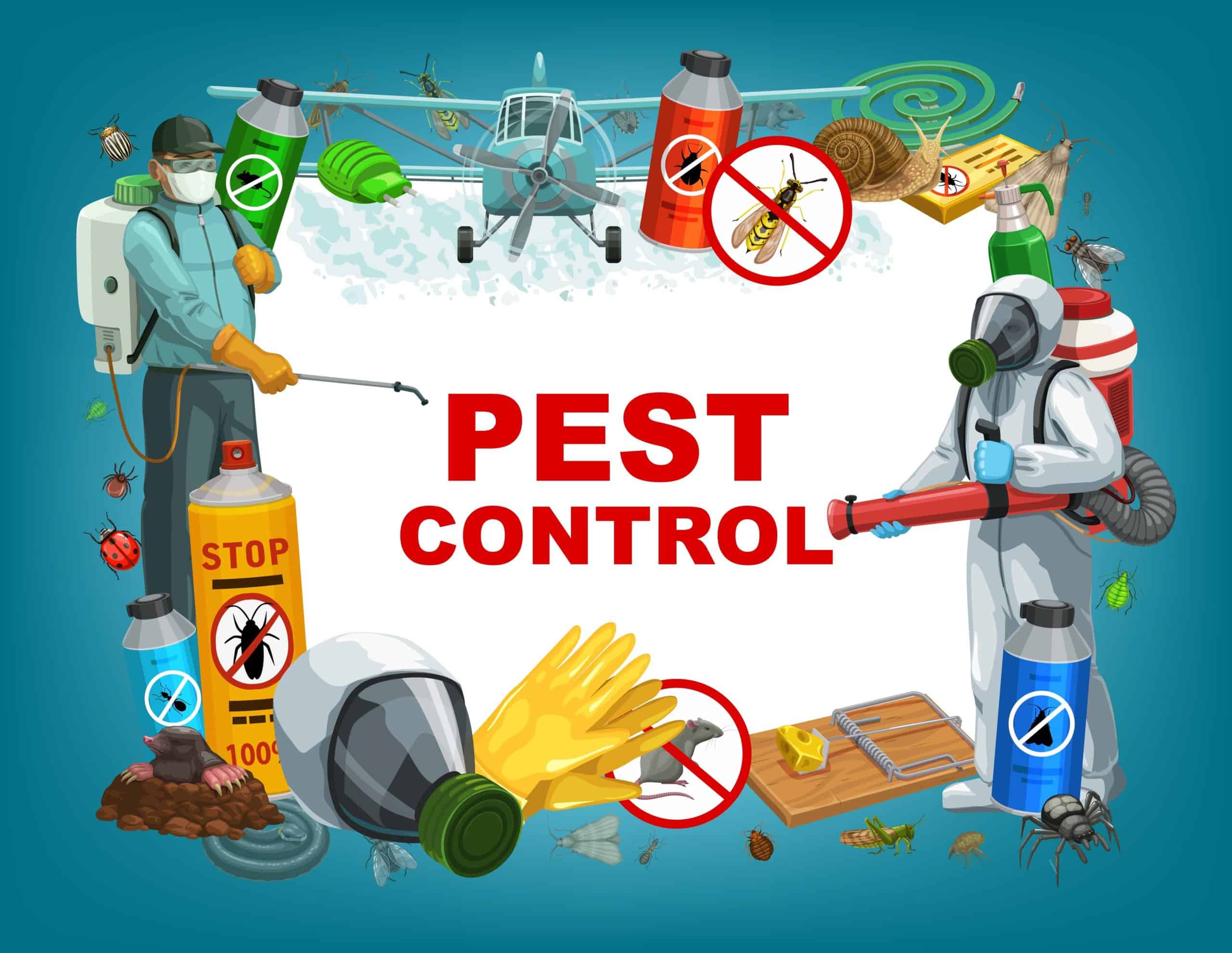Experienced A1 Exterminators Charlotte NC - Quick and Dependable Solutions
Experienced A1 Exterminators Charlotte NC - Quick and Dependable Solutions
Blog Article
Bed Pest Therapy Break Down: Contrasting Chemical Vs. Non-Chemical Solutions
In the realm of insect control, particularly when dealing with the persistent problem of bed insects, the choice in between chemical and non-chemical therapy options can be an essential one. Both approaches provide unique advantages and drawbacks, affecting variables such as effectiveness, security factors to consider, and total cost. By taking a look at the nuanced information of each technique, a more clear understanding of which course to go after in attending to a bed bug infestation can be acquired.
Efficiency of Chemical Treatments
Chemical treatments for bed bug infestations have been extensively acknowledged for their rapid and powerful efficiency in removing these insects. When taking into consideration the efficiency of chemical therapies, it is critical to understand that they can provide a fast and detailed solution to a bed pest trouble. Professional pest control operators usually depend on insecticides to target bed bugs at various stages of their life process, consisting of eggs, grownups, and nymphs. These chemicals generally work by interrupting the bed bugs' nerves, leading to paralysis and ultimate fatality.
Additionally, chemical treatments have the benefit of supplying residual effects, suggesting that they can proceed to get rid of bed pests also after the initial application. This recurring action is especially useful in combating any type of prospective re-infestations. Additionally, the quick action of chemical treatments can bring relief to individuals dealing with extreme bed pest invasions, permitting them to regain control of their home quickly.
Safety Interest In Chemical Solutions
When making use of chemical options for bed pest treatment is making sure the security of residents and the setting,One essential element that needs cautious consideration. While chemical treatments can be reliable in getting rid of bed bugs, they might pose threats otherwise handled effectively. One of the main security issues with chemical services is the possible harm they can create to human health. Direct exposure to certain chemicals made use of in bed pest treatments can bring about respiratory system issues, skin irritation, or various other negative responses, especially in people with pre-existing conditions or level of sensitivities. Additionally, incorrect application or dose of chemical pesticides can result in toxic residues remaining in the treated location, posturing long-term wellness threats to residents.
Additionally, the ecological effect of chemical options is another considerable consideration. Some chemicals made use of in bed pest therapies might be dangerous to helpful insects, wildlife, and environments if they seep into the soil or water supply. It is vital to make use of chemical treatments judiciously, following safety standards, and thinking about less toxic options to mitigate these dangers and guarantee the reliable and safe monitoring of bed insect problems.
Benefits of Non-Chemical Methods
Considering the potential security worries and environmental effect associated with chemical services for bed bug treatment, discovering non-chemical methods presents an appealing option with several unique benefits. Non-chemical treatments are environmentally pleasant, as they do not add to air or water air pollution, making them a lasting selection for bug control.
Furthermore, non-chemical remedies can be efficient in targeting bed bugs, consisting of hard-to-reach locations where chemical treatments might not pass through. Approaches such as warm treatment, vacuuming, steam cleansing, and bed mattress coverings offer detailed obliteration without using unsafe chemicals. Moreover, non-chemical approaches can be much less disruptive, needing minimal preparation and enabling for quicker reentry into dealt with areas. Overall, choosing non-chemical bed pest therapy methods not just focuses on safety and environmental management however additionally ensures efficient and detailed insect control.
Limitations of Non-Chemical Treatments

In addition, non-chemical therapies commonly need multiple applications to achieve successful eradication. This can be taxing and may i was reading this not always guarantee total elimination of all bed insects and their eggs, specifically in hard-to-reach or covert areas.
Moreover, the success of non-chemical therapies greatly counts on correct execution and thoroughness, which can be challenging for individuals without specialist knowledge. Poor application of non-chemical approaches may result in incomplete elimination, resulting in relentless infestations and the need for extra therapies.
As a result, while non-chemical treatments have their benefits, it is vital to recognize these restrictions and consider them when determining the most effective method for taking care of bed bug infestations.
Cost Contrast: Chemical Vs. Non-Chemical Options
Provided the restrictions connected with non-chemical therapies, an essential facet to evaluate in the context of bed insect monitoring is the price contrast between chemical and non-chemical options. Chemical treatments generally involve the application of insecticides by experts, which can range from $250 to $900 per room, depending on the intensity of the infestation and the dimension of the area to be dealt with. In comparison, non-chemical therapies like warm treatment or heavy steam can be extra pricey, with prices ranging from $1,000 to $6,000 for a whole home. While the first expense of chemical therapies may appear reduced, multiple therapies may be required to fully get rid of the infestation, possibly raising the general expense. On the other hand, non-chemical alternatives might supply an extra lasting and green option, although they can be cost-prohibitive for some people. Inevitably, when considering the expense of bed bug go to my blog treatment alternatives, it is important to evaluate the in advance expenses versus the effectiveness and lasting sustainability of the selected approach.
Conclusion

Taking into consideration the potential safety and security issues and environmental impact linked with chemical options for bed pest treatment, checking out non-chemical strategies offers an encouraging alternative with several unique benefits.Provided the restrictions linked with non-chemical therapies, a crucial aspect to evaluate in the context of bed pest discover here monitoring is the price comparison in between chemical and non-chemical options. In comparison, non-chemical therapies like heat treatment or vapor can be extra expensive, with costs ranging from $1,000 to $6,000 for an entire home. While the initial expense of chemical treatments may appear reduced, numerous therapies might be called for to totally remove the invasion, potentially raising the general price.In conclusion, when comparing chemical and non-chemical bed pest therapy options, it is important to take into consideration efficiency, safety, advantages, restrictions, and expense.
Report this page